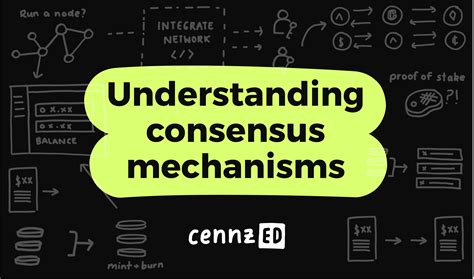Token, layer 1, consensus mechanism
“Tokenized Layer 1: The Future of Cryptocurrency and Beyond”
The world of cryptocurrency has undergone a significant transformation in recent years, with tokenization being one of the most groundbreaking developments. Tokenization refers to the creation of digital tokens that represent ownership interests in assets, such as cryptocurrencies or real estate. In this article, we delve into the concept of tokenized Layer 1 and explore its potential applications.
What is a Layer 1 blockchain?
A Layer 1 blockchain, also known as “mainstream” or “substrate,” refers to the underlying technology that enables the creation and verification of cryptocurrencies. These blockchains are built on top of other layers, such as Layer 2 (e.g. Optimism) or Layer 3 (e.g. Cosmos), which provide additional functionality.
Tokenization: A New Paradigm
Tokenization is a key component of tokenized Layer 1 blockchain technology. It involves the creation of digital tokens that represent ownership interests in assets, such as cryptocurrencies or real estate. These tokens are essentially contracts on the blockchain that validate and prove ownership of a given asset.
How does tokenization work?
The tokenization process is relatively simple:
- Token Creation: A development team creates a new digital token based on an existing cryptocurrency. This token can represent ownership interests in various assets, such as cryptocurrencies or real estate.
- Blockchain Verification: The new token is then verified on the underlying Layer 1 blockchain, ensuring that it meets the required security and integrity standards.
- Token Distribution: The created token is distributed to users who participate in a token sale or other initial coin offering (ICO).
Consensus Mechanisms: Ensuring Security and Trust
To ensure the integrity of a tokenized Layer 1 blockchain, developers must implement robust consensus mechanisms that guarantee security and trust. Some popular consensus algorithms used in tokenized Layer 1 blockchains include:
- Proof-of-Stake (PoS): This algorithm rewards users with tokens for validating transactions on the blockchain.
- Proof-of-Work (PoW)
: This algorithm requires users to solve complex mathematical problems to validate transactions and earn tokens.
Real-World Applications
Tokenized Layer 1 blockchains have a number of real-world applications, including:
- Decentralized Finance (DeFi): Tokenization enables the creation of decentralized lending platforms, stablecoins, and other financial instruments.
- Gaming: Tokenization is used in a variety of gaming applications, such as in-game assets, virtual currency trading, and esports betting.
- Supply Chain Management: Tokenization can be used to track and verify ownership of goods and services.
Challenges and Future Directions

While tokenized Layer 1 blockchains hold tremendous potential, several challenges need to be addressed:
- Scalability: Current implementations of tokenized Layer 1 blockchains may not be scalable for widespread adoption.
- Security: Ensuring the security and integrity of tokenized blockchain networks is a significant challenge.
To overcome these challenges, researchers and developers are exploring novel approaches such as:
- Sharing: Dividing the blockchain into smaller, parallel chains to improve scalability and performance.
- Optimism: Developing more efficient consensus algorithms that can handle high traffic and high-volume transactions.
- Sidechains: Creating separate, permissioned blockchains for specific use cases, reducing congestion on the main chain.
Conclusion
Tokenization is a revolutionary concept in the field of cryptocurrency and blockchain technology.